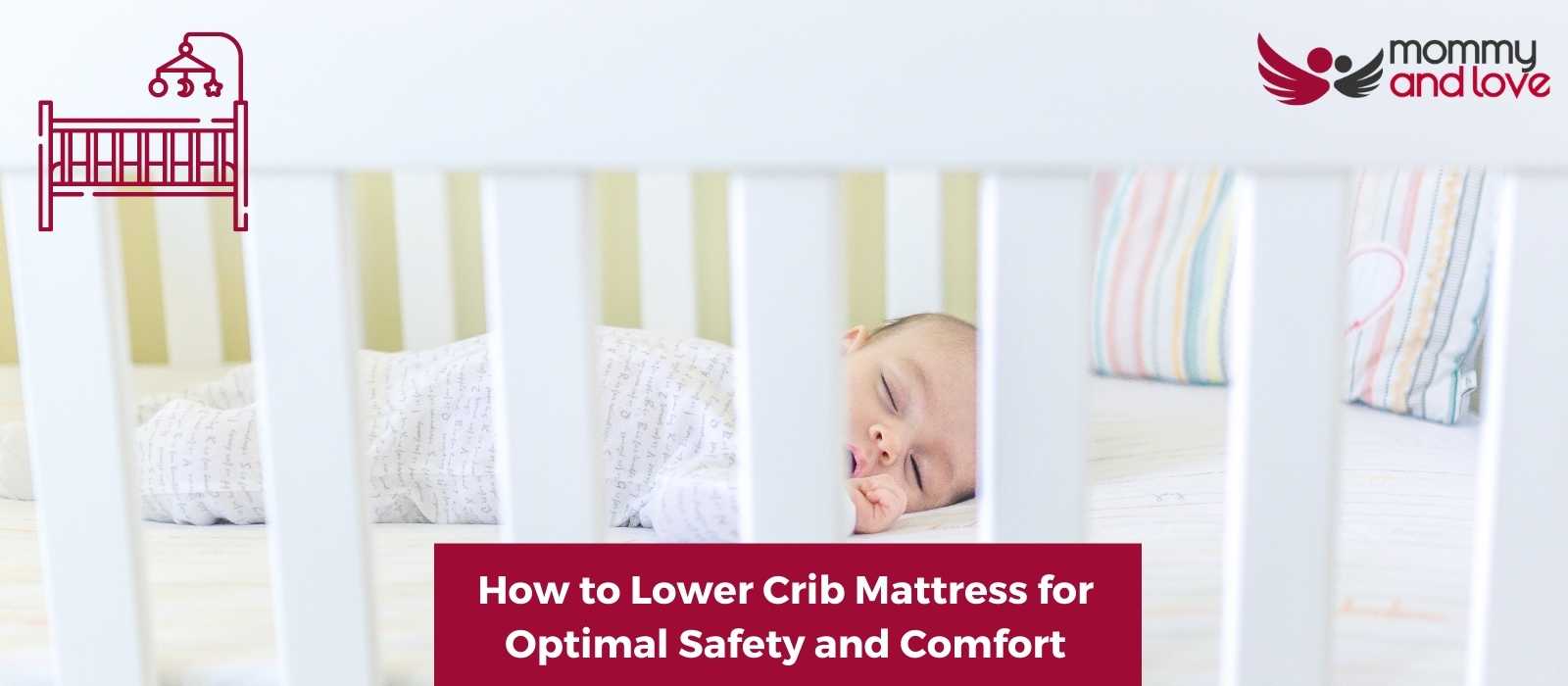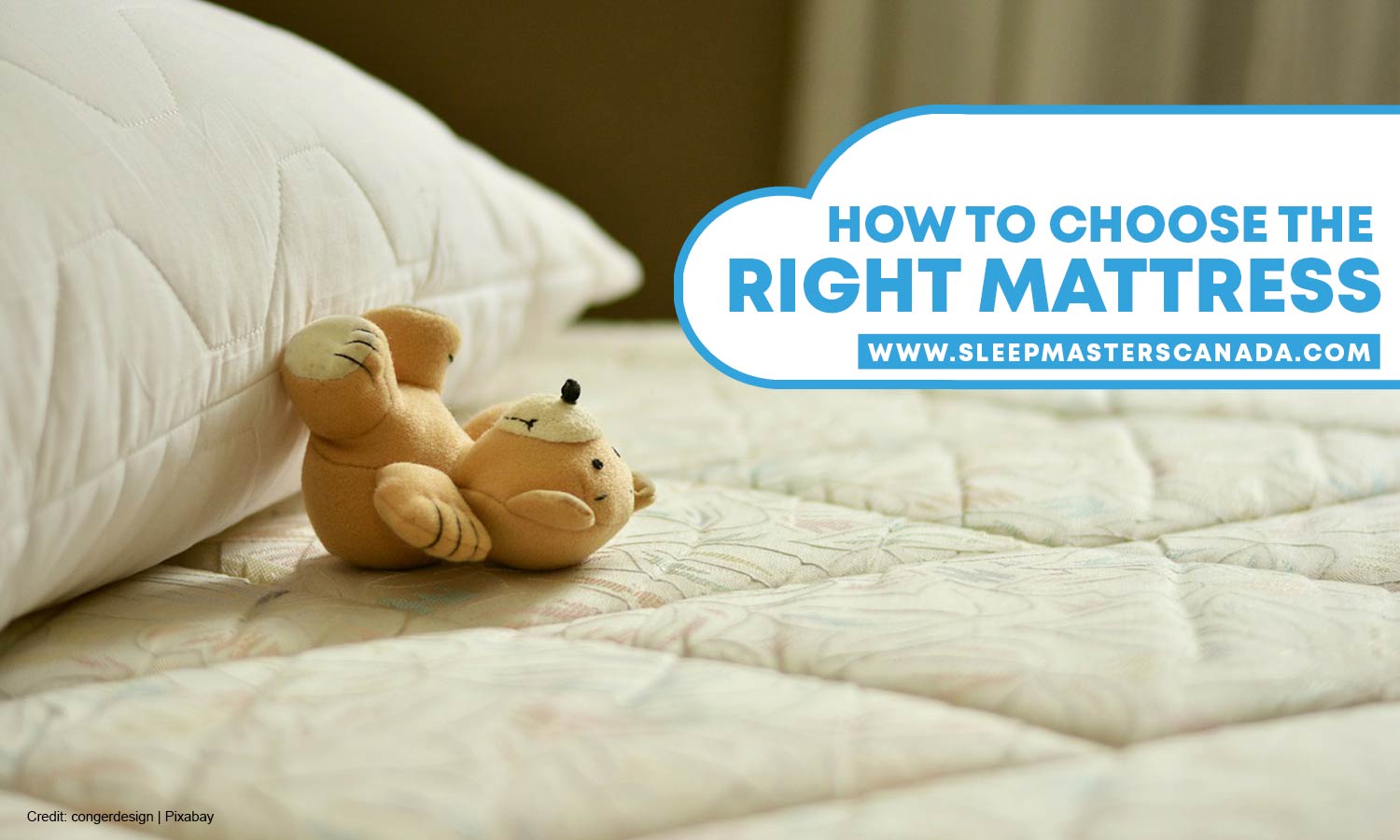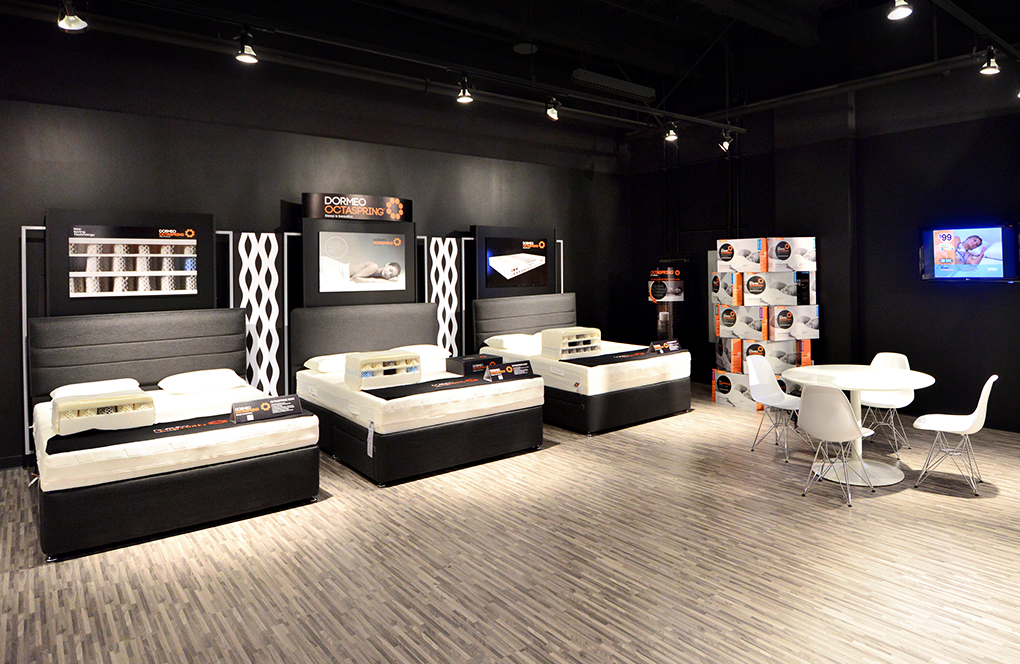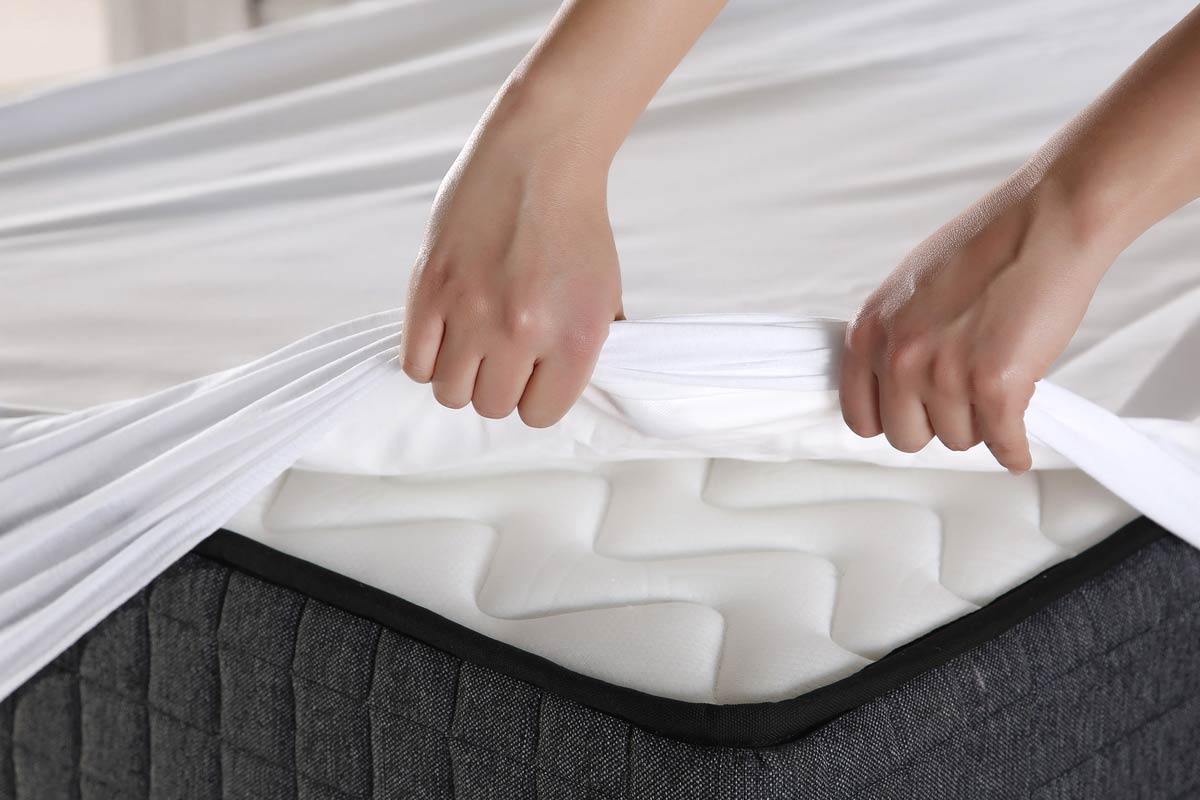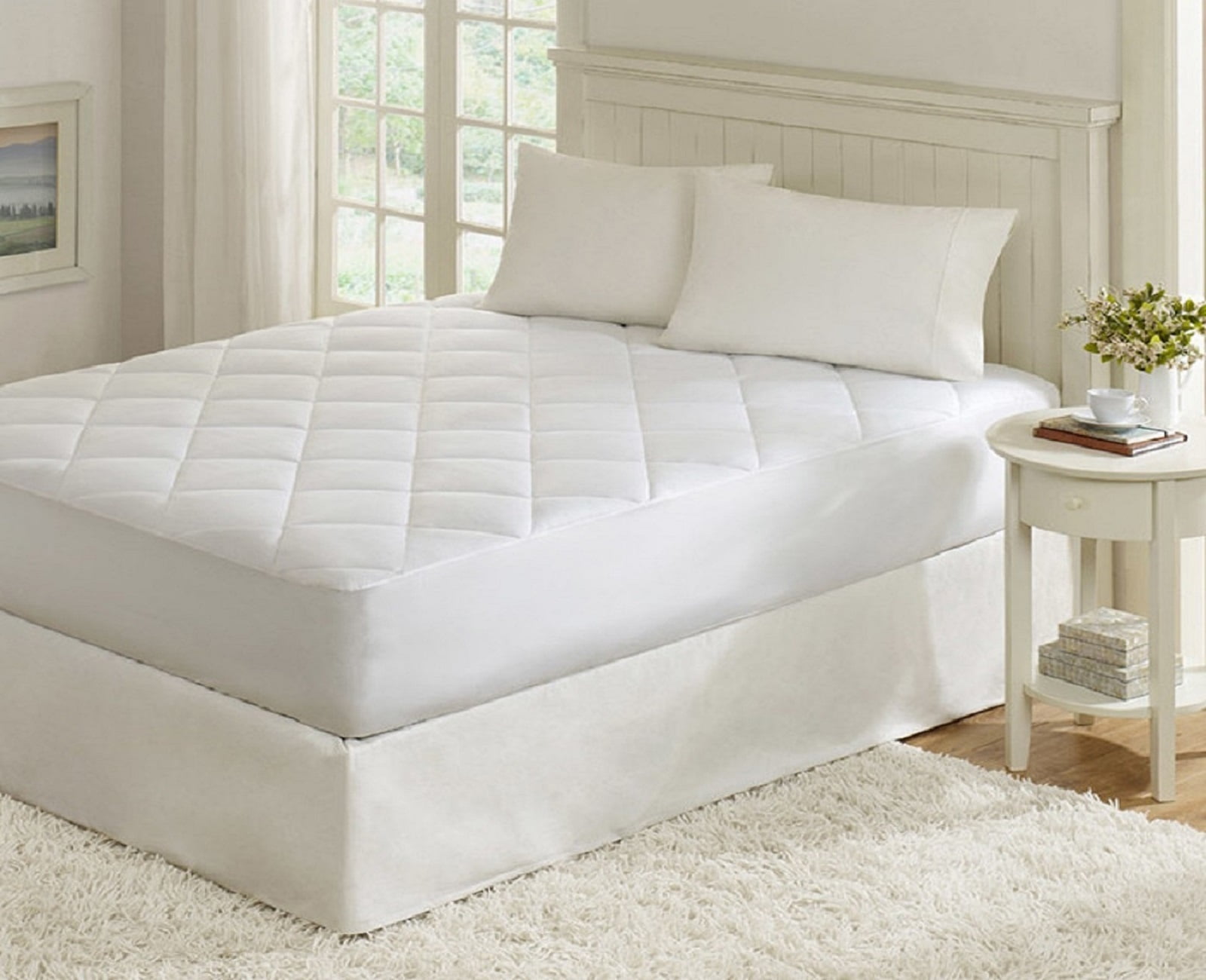Differences Between a Crib Mattress and a Toddler Mattress
When it comes to your little one's sleeping space, it's important to choose the right mattress. But with so many options on the market, it can be overwhelming to understand the differences between a crib mattress and a toddler mattress. While both serve the same purpose of providing a comfortable and supportive surface for your child to sleep on, there are some key differences to consider.
A crib mattress is specifically designed for use in a baby's crib, while a toddler mattress is meant to be used in a toddler bed. The main difference between the two is the size. A crib mattress is typically smaller, measuring around 27 inches by 52 inches, while a toddler mattress is slightly larger, measuring around 28 inches by 52 inches. This size difference allows the mattress to fit snugly in a crib or a toddler bed.
Another difference is the thickness of the mattress. Crib mattresses are usually thinner, around 4-6 inches, while toddler mattresses are thicker, around 5-7 inches. This is because toddlers need more support as they grow and develop, and a thicker mattress can provide that support.
How to Choose the Right Mattress for Your Toddler
Now that you understand the differences between a crib mattress and a toddler mattress, you may be wondering how to choose the right one for your little one. Here are some factors to consider:
Size: As mentioned before, make sure to measure the size of your toddler bed or crib to ensure the mattress will fit properly.
Firmness: The American Academy of Pediatrics recommends a firm mattress for infants and toddlers to reduce the risk of SIDS (sudden infant death syndrome). Look for a mattress that doesn't sink in when you press on it.
Material: There are various materials used in mattresses, such as foam, innerspring, and hybrid. Each has its own benefits, so consider which one would be best for your child's needs.
Waterproof: Toddlers are prone to accidents, so it's a good idea to invest in a waterproof mattress or a waterproof mattress protector to keep the mattress clean and dry.
Can a Crib Mattress Be Used for a Toddler Bed?
If you already have a crib mattress, you may be wondering if it can be used for a toddler bed. The answer is yes, as long as the mattress is the correct size and is still in good condition. However, keep in mind that a crib mattress is designed for a baby's weight and may not provide enough support for a toddler. It's recommended to transition to a toddler mattress for your child's comfort and safety.
Toddler Mattress vs. Crib Mattress: What's the Difference?
We've already discussed the size and thickness differences between a toddler mattress and a crib mattress, but there are a few other key differences to keep in mind:
Age range: A crib mattress is suitable for infants up to around 3 years old, while a toddler mattress is designed for children aged 3 and up.
Edge support: A toddler mattress typically has better edge support, which is important for active toddlers who may roll around in their sleep.
Comfort: As toddlers grow and develop, their bodies require more support and comfort while sleeping. A toddler mattress can provide this better than a crib mattress.
When to Transition from a Crib Mattress to a Toddler Mattress
There is no set age for when a child should transition from a crib mattress to a toddler mattress. It ultimately depends on your child's size and development. Some children may be ready for a toddler mattress as early as 18 months, while others may not be ready until closer to 3 years old. Pay attention to your child's cues and consider their comfort and safety when making the transition.
The Importance of a Firm Mattress for Toddlers
As mentioned earlier, a firm mattress is recommended for infants and toddlers to reduce the risk of SIDS. But even as your child grows, a firm mattress is still important for their comfort and support. A mattress that is too soft can lead to poor spinal alignment and back pain. A firm mattress can also provide better support for growing bones and muscles.
How to Tell if Your Crib Mattress is Safe for Your Toddler
It's important to regularly check your child's mattress to ensure it is still safe for use. Here are some signs that it may be time for a new mattress:
Sagging: If the mattress is visibly sagging or has indentations where your child sleeps, it may no longer provide enough support.
Wear and tear: Check for any tears, holes, or stains on the mattress. These can be breeding grounds for bacteria and mold.
Age: Most experts recommend replacing a crib mattress after 2-3 years of use.
Tips for Choosing a Safe and Comfortable Toddler Mattress
When shopping for a toddler mattress, here are some tips to keep in mind:
Check for certifications: Look for mattresses that are CertiPUR-US certified, meaning they are made without harmful chemicals and materials.
Consider your child's needs: If your child has allergies or sensitivities, look for a hypoallergenic mattress. If they tend to sleep hot, consider a mattress with cooling properties.
Read reviews: Before making a purchase, read reviews from other parents to get an idea of the mattress's quality and durability.
The Benefits of Using a Waterproof Mattress Protector for Toddlers
Investing in a waterproof mattress protector can have many benefits for your child's mattress, including:
Protection against accidents: As mentioned before, toddlers are prone to accidents, and a waterproof mattress protector can prevent stains and damage to the mattress.
Easy to clean: A waterproof mattress protector can be easily removed and washed, making it easier to keep the mattress clean and hygienic.
Extended mattress lifespan: By protecting the mattress from spills and accidents, a waterproof mattress protector can help extend its lifespan.
How to Clean and Maintain Your Toddler's Mattress
To ensure your child's mattress stays clean and safe, follow these tips for cleaning and maintenance:
Vacuum regularly: Use a handheld vacuum or a vacuum with a brush attachment to remove any dust, dirt, and debris from the mattress surface.
Spot clean stains: If there are any stains on the mattress, use a mild detergent and water to spot clean. Avoid using harsh chemicals that could damage the mattress.
Rotate the mattress: Every few months, rotate the mattress 180 degrees to ensure even wear and tear.
Use a mattress protector: As mentioned before, using a waterproof mattress protector can help keep the mattress clean and prevent stains and damage.
In conclusion, while a crib mattress and a toddler mattress may seem similar, there are some key differences to consider when choosing the right one for your child. By understanding these differences and following the tips for choosing, maintaining, and cleaning a toddler mattress, you can ensure your little one has a safe and comfortable sleeping space. Remember to always prioritize your child's comfort and safety when making any decisions for their sleeping needs.
Why a Toddler and Crib Mattress are Essential for a Safe and Comfortable Nursery

The Importance of Choosing the Right Mattress for Your Baby
 When designing a nursery for your little one, there are many important decisions to make. From choosing the perfect paint color to finding the right furniture, every detail counts. One of the most crucial decisions you will make is selecting the right
toddler and crib mattress
for your baby's crib. Not only does it play a vital role in your child's comfort, but it also contributes to their safety and development.
When designing a nursery for your little one, there are many important decisions to make. From choosing the perfect paint color to finding the right furniture, every detail counts. One of the most crucial decisions you will make is selecting the right
toddler and crib mattress
for your baby's crib. Not only does it play a vital role in your child's comfort, but it also contributes to their safety and development.
The Similarities Between a Toddler and Crib Mattress
 Many parents may wonder if there is a difference between a
toddler and crib mattress
, and the answer is yes and no. While a crib mattress is specifically designed for a baby's crib, a toddler mattress is meant for a toddler bed. However, both serve the same purpose of providing a comfortable and safe sleeping surface for your child. In fact, most cribs can easily convert into a toddler bed, making it convenient to use the same mattress for both stages.
Many parents may wonder if there is a difference between a
toddler and crib mattress
, and the answer is yes and no. While a crib mattress is specifically designed for a baby's crib, a toddler mattress is meant for a toddler bed. However, both serve the same purpose of providing a comfortable and safe sleeping surface for your child. In fact, most cribs can easily convert into a toddler bed, making it convenient to use the same mattress for both stages.
Key Features to Look for in a Toddler and Crib Mattress
 When shopping for a
toddler and crib mattress
, there are a few key features to keep in mind. First and foremost, safety should be a top priority. Look for mattresses that are firm and fit snugly in the crib to reduce the risk of suffocation or SIDS. Additionally, make sure the mattress is made with non-toxic and hypoallergenic materials to protect your child's delicate skin. Comfort is also important, so consider a mattress with good support and a breathable surface.
When shopping for a
toddler and crib mattress
, there are a few key features to keep in mind. First and foremost, safety should be a top priority. Look for mattresses that are firm and fit snugly in the crib to reduce the risk of suffocation or SIDS. Additionally, make sure the mattress is made with non-toxic and hypoallergenic materials to protect your child's delicate skin. Comfort is also important, so consider a mattress with good support and a breathable surface.
Maintaining Your Toddler and Crib Mattress
 To ensure the longevity of your
toddler and crib mattress
, it is important to properly maintain it. Regularly clean and rotate the mattress to prevent sagging and wear. Also, invest in a waterproof mattress cover to protect against accidents and spills. It is recommended to replace a crib mattress every 2-3 years and a toddler mattress every 5-7 years to maintain safety and comfort for your child.
To ensure the longevity of your
toddler and crib mattress
, it is important to properly maintain it. Regularly clean and rotate the mattress to prevent sagging and wear. Also, invest in a waterproof mattress cover to protect against accidents and spills. It is recommended to replace a crib mattress every 2-3 years and a toddler mattress every 5-7 years to maintain safety and comfort for your child.
In Conclusion
 Choosing the right
toddler and crib mattress
is crucial for your child's safety and comfort. By understanding the similarities between the two and knowing what features to look for, you can create a peaceful and cozy sleep environment for your little one. Remember to regularly maintain your mattress and replace it as needed to ensure your child has the best sleeping surface possible.
Choosing the right
toddler and crib mattress
is crucial for your child's safety and comfort. By understanding the similarities between the two and knowing what features to look for, you can create a peaceful and cozy sleep environment for your little one. Remember to regularly maintain your mattress and replace it as needed to ensure your child has the best sleeping surface possible.






